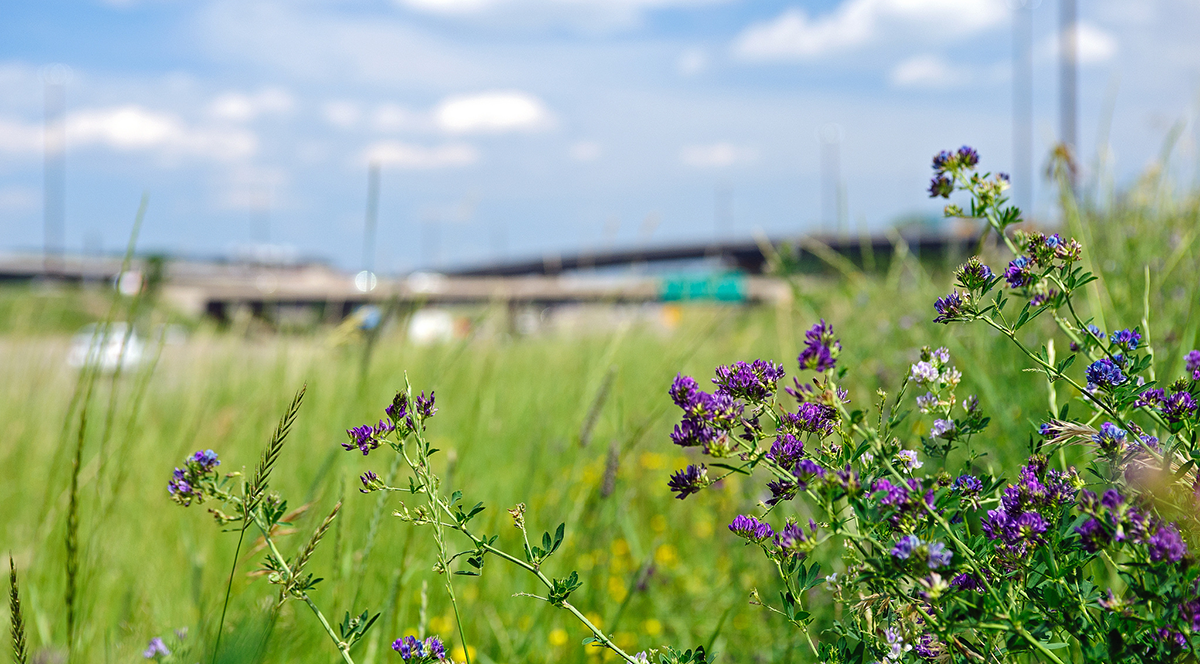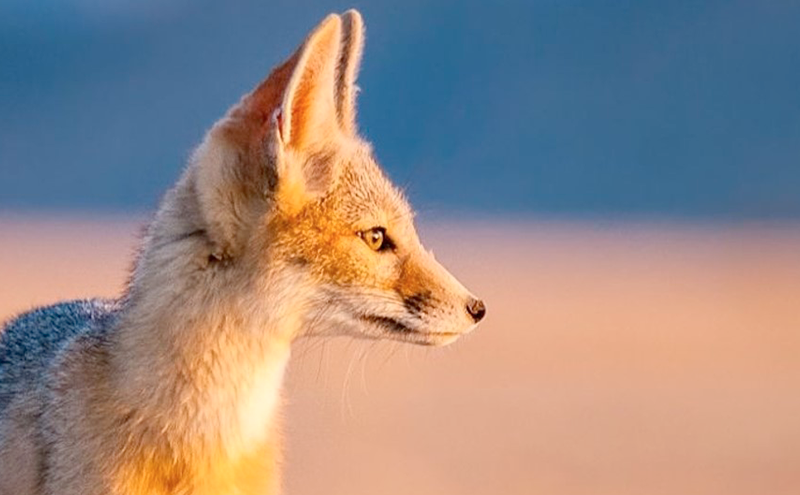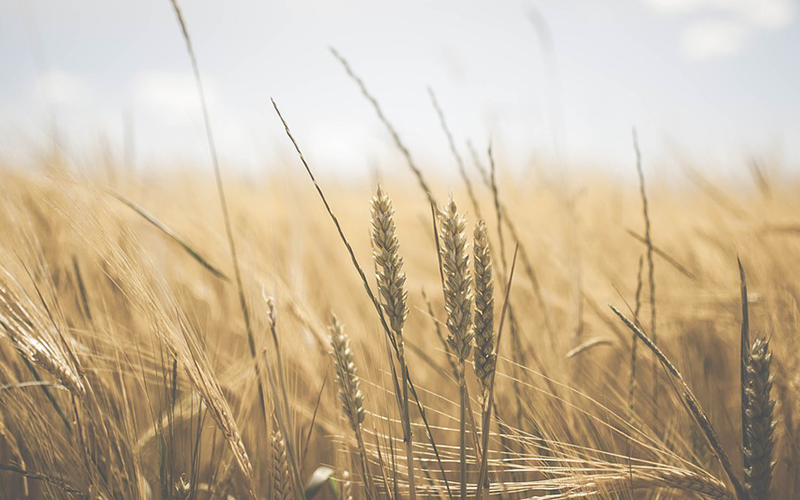Roadside vegetation managers around the country are making big changes to curb the decline of monarch butterflies seen in recent decades. By reducing the frequency of mowing, and including key species in revegetation, transportation departments can promote the growth of milkweed and wildflowers—critical species that support monarchs as they migrate north from Mexico to the Midwest each year.
These roadside habitats will contribute toward a nationwide effort to restore and enhance monarch habitat. The stakes are high—if sufficient milkweed isn’t restored to the landscape, the USFWS may list the monarch butterfly under the Endangered Species Act, which would complicate the management of roadsides, farms, ranches and practically anywhere else monarchs take up residence on their annual journey.
For these transportation departments, there are still critical questions: How do they quantify the value of their contribution to monarch conservation? Does an acre of roadside habitat provide the same value as an acre of habitat on conserved farmland? Most importantly, how do they prove it?
Environmental Incentives is working with a diverse group of scientists and transportation departments to create the tools needed to answer these questions, funded through a grant from the National Cooperative Highway Research Program. It all starts by talking to our users—the people who will ultimately be using the tools—to understand the jobs they need to do. We know that the best solutions come from those closest to the problem. Our user-centered approach ensures the tools we design meet their needs while also providing robust, scientifically defensible data.
From conversations with roadside vegetation managers, environmental compliance specialists, and natural resource staff, we have captured critical insights into how such a tool could work to have the most impact. To bring these users’ insights to life, we’ve partnered with two design students, Michael DeMarco and Andrew Frederickson, at General Assembly’s User Experience Design course to create a conceptual design for a mobile app to assess monarch habitat. See below for snapshots of the app’s design.
The mobile app is designed to guide the user through the process of auditing new sites and monitoring progress over time. The app’s workflow includes describing site characteristics, taking pictures, counting milkweeds, and recording blooming flowers and non-native weeds. After completing the assessment, management recommendations tailored to the site are presented.
We have learned that roadside managers are increasingly using mobile technologies in the field to support their work—a mobile app would save time collecting important data along roadsides. This is critical for both controlling costs and ensuring user safety. The lessons learned from designing the app interface will be incorporated in the final tool as it’s completed in 2018.
If you have a similar challenge, or are interested in what the monarch habitat assessment tool could do for your organization, please contact Erik Anderson.
Erik Anderson leads our metrics team developing tools to communicate environmental outcomes in a way that is meaningful and inspires action. Erik has developed tools to support monarch butterfly and sage-grouse habitat conservation across the U.S.
Thank you to our talented designers from General Assembly! See their portfolios here: Andrew Frederickson | Michael DeMarco



